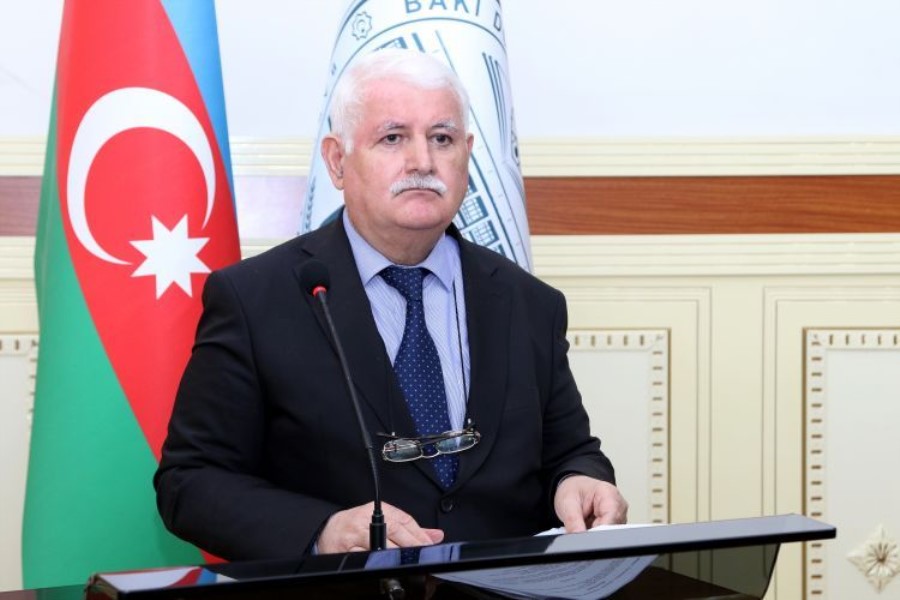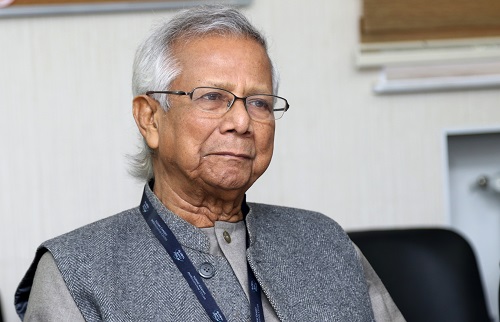Azerbaijan commemorates its Independence Day today, marking 106 years since the establishment of the first democratic republic in the East. On May 28, 1918, the Azerbaijan Democratic Republic (ADR) was proclaimed by the Azerbaijan National Council, led by Muhammad Amin Rasulzadeh, in Tbilisi's Caucasus Viceroy building.
Umud Mirzayev, president of the International Eurasia Press Fund, highlighted the historical significance of this day in an interview with Ednews. "May 28 is a pivotal day in Azerbaijani history as it marks the foundation of the independent Republic of Azerbaijan," he stated.
U. Mirzayev explained the context of ADR's formation: "The emergence of our independence is linked to the end of World War I and the collapse of the Russian Empire. The global map changed, leading to the fall of great empires, including Tsarist Russia. The Bolsheviks' coup in Russia provided an opportunity for democratic forces to declare the Republic. On May 27, 1918, the Transcaucasian Muslim Council reconstituted itself as the Azerbaijan National Council, laying the foundation of a parliamentary republic. The Declaration of Independence was adopted on May 28."
Reflecting on the brief existence of the ADR, Mr. Mirzayev noted its lasting impact: "Despite its short lifespan, the Republic ignited the Azerbaijani people's desire for independence and national identity. Heydar Aliyev later revived this legacy by officially raising the tricolor flag of Azerbaijan, symbolizing the path to independence, even under Soviet rule."
He added that the ADR's legacy continued through Azerbaijan's renewed independence post-USSR. "During the Soviet era, it was forbidden to celebrate or even mention this day. After regaining independence, we recognized the sacrifices of the Republic's founders. Today, Azerbaijan, fortified by those foundational traditions, has strengthened its military, reclaimed occupied territories, and emerged as a significant regional power with growing economic strength," Mr. Mirzayev concluded.









